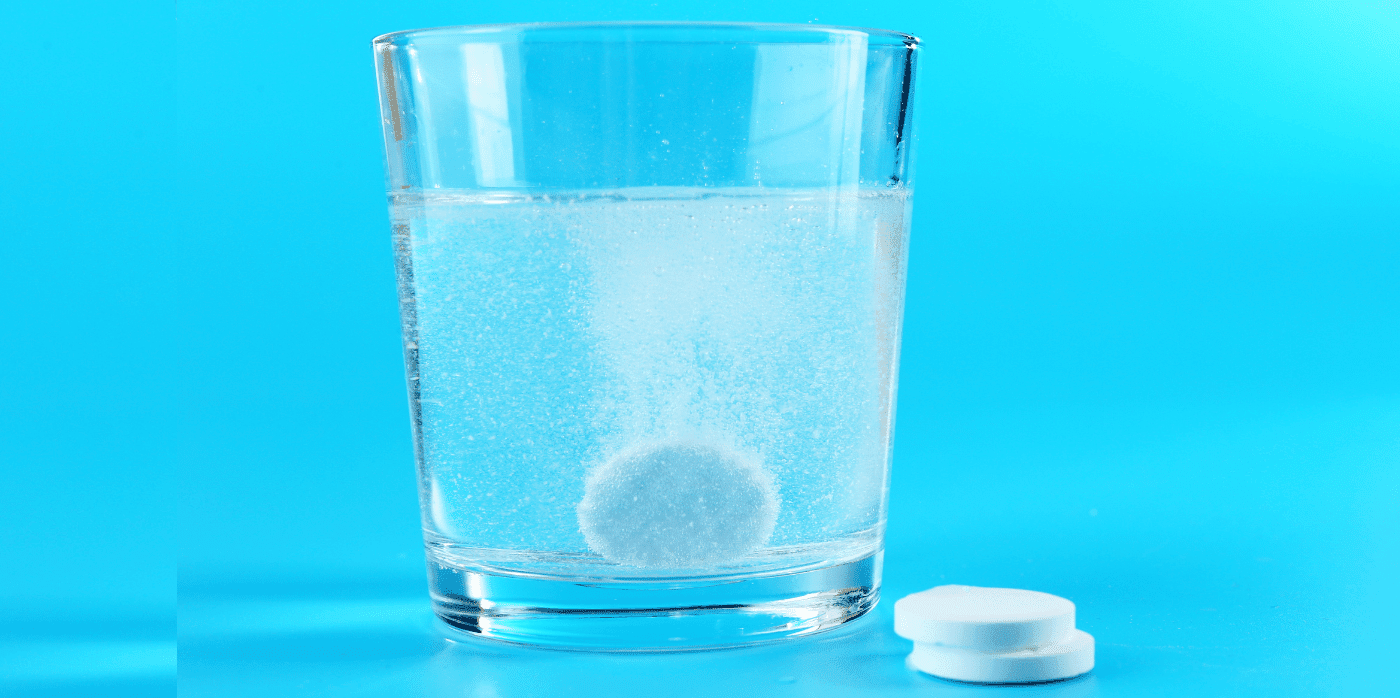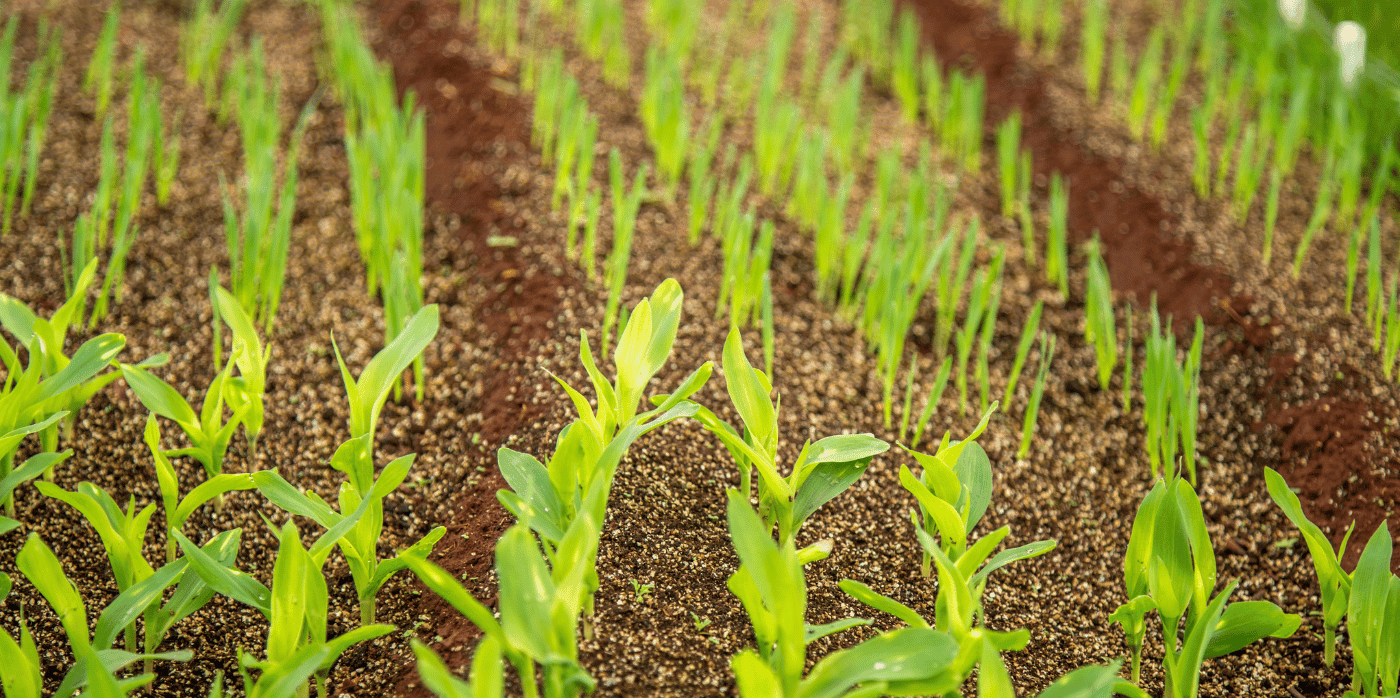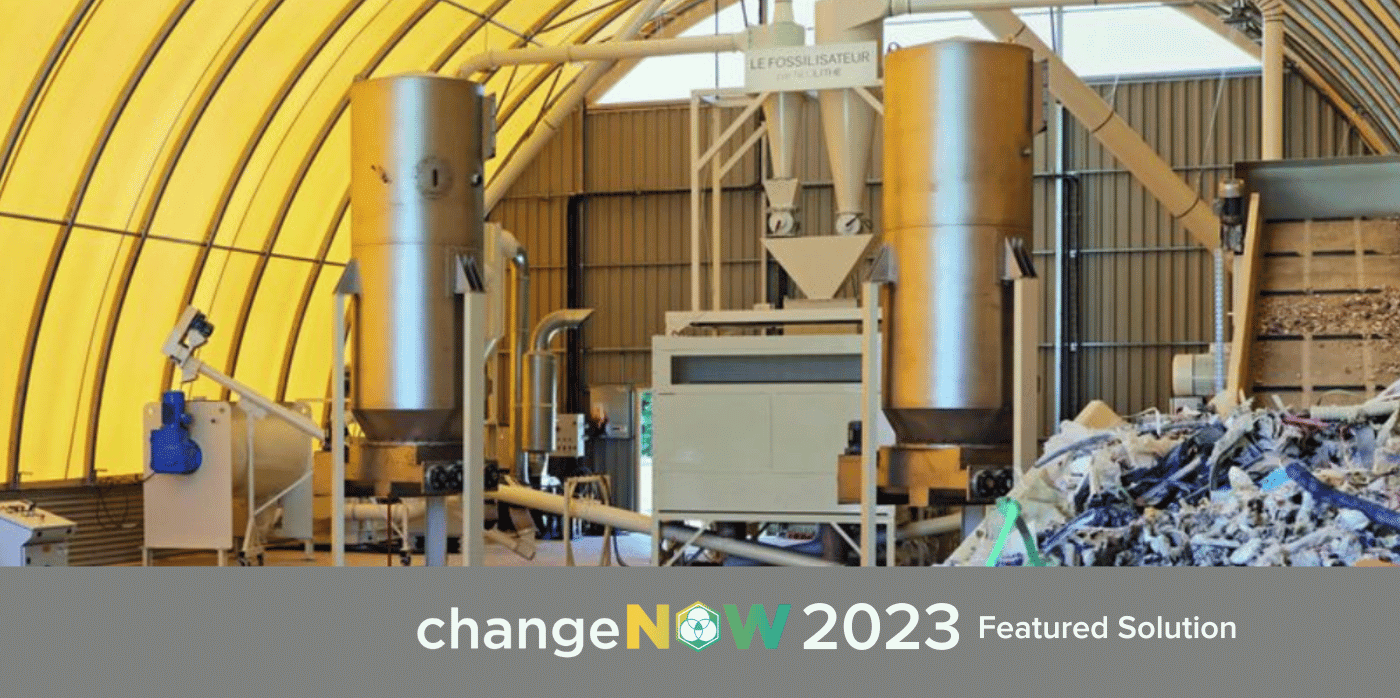Storing biological materials without refrigeration

Spotted: Storing living cells is a tricky and expensive process due to the necessity of temperature control to keep them stable, and the vast majority of biological material currently needs to be stored either in freezers, refrigerators, or more rarely as freeze-dried powders. One group of researchers hope to change this.
Researchers at California Polytechnic State University have developed a new way of storing such biological materials, in a solid state. The solid-state storage transforms the material or protein into something that resembles a tablet shape that can then be dissolved and utilised, without the fear of it having degraded.
The advent of solid-state storage represents a new ability in the scientific community to far more easily and cheaply store and transport biological material. Research lead Dr Javin Oza referred to the innovation as “easy as an Alka-Seltzer tablet, just drop it into water, mix, and it’s ready to go”. The storage technique has been demonstrated on RNA (a nucleic acid that’s essential for protein synthesis) and also on CRISPR-Cas9 (a genome-editing tool).
While in its early stages, researchers are optimistic that further improvements will allow the solid-state storage to become refined. It will need to be developed for specific uses, with specific coatings to help it be resistant to extreme heat, humidity, and chemicals. The method could also allow biological material to one day be taken as a tablet rather than intravenously, potentially meaning that medicines like insulin would be taken orally, transforming the lives of millions of diabetics.
Springwise has spotted other innovators in the archive working to improve access to therapeutics, including some who’ve developed a vaccine printer and one startup delivering solar fridges for vaccination transportation.
Written By: Archie Cox







